Discounted value
In the first 10 months of 2025, in key localities such as An Giang , Dong Thap, Tay Ninh, the signal of a decline in export value is creating great pressure, forcing this industry to change direction more quickly and drastically. Currently, farmers in An Giang province are still working hard in the fields, sowing and harvesting, but when the crop is finished, there is not much profit. Mr. Luu Van Tuan, residing in Chau Phong commune, said: "Rice production is now like exchanging old money for new money, using labor for profit. I hope the State will soon have a solution to coordinate with businesses to stabilize output so that each rice crop is truly a more prosperous season."
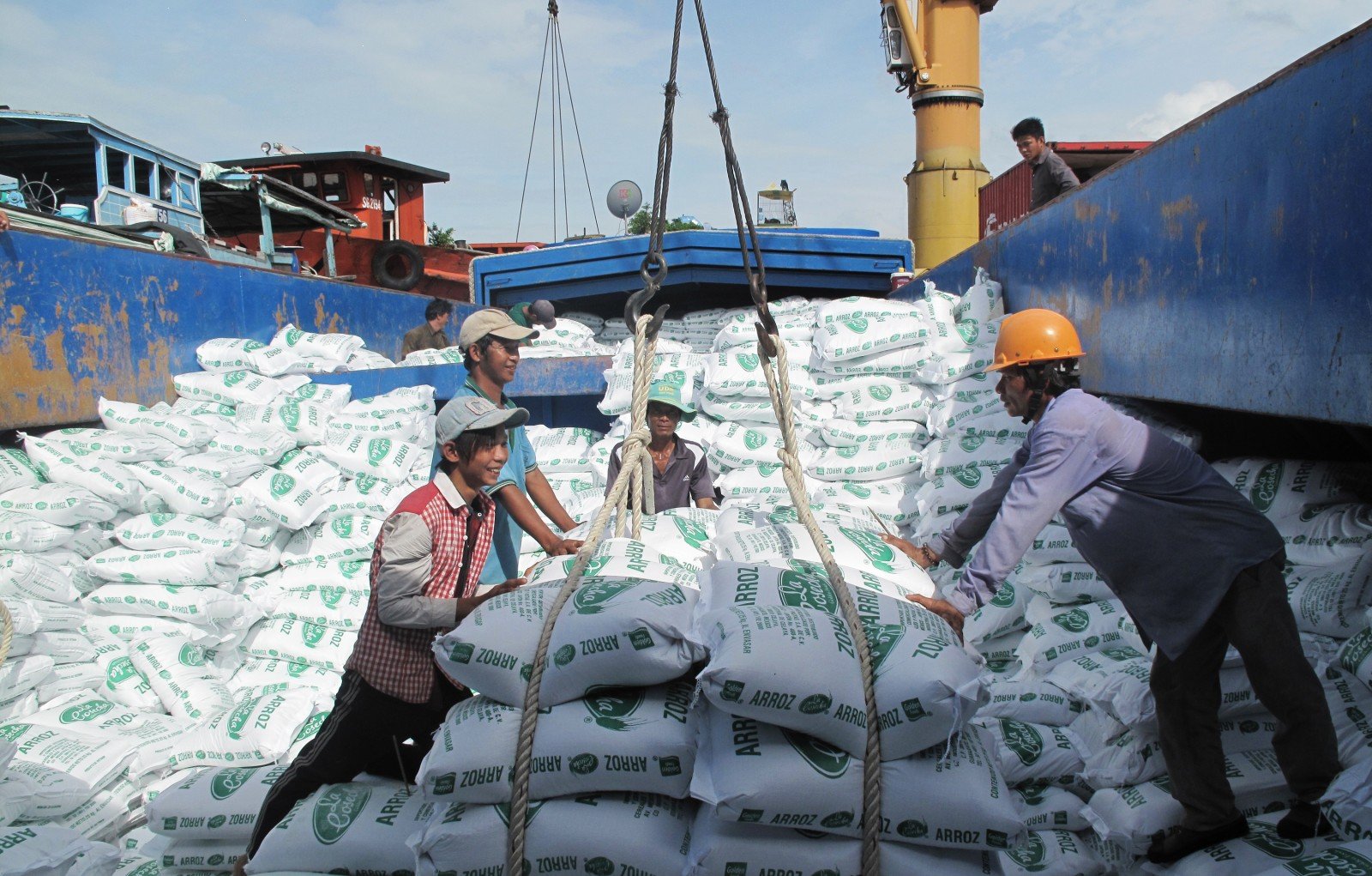
Rice output remains stable but value decreases. Photo: MINH HIEN
According to data from the Ministry of Agriculture and Environment , in the first 10 months of 2025, the country exported more than 6.8 million tons of rice, reaching 3.5 billion USD, down 19.9% in value and 1.9% in volume compared to the same period in 2024. The average export price reached 510.81 USD/ton, down 18.3% over the same period. The downward trend is clearly shown cyclically, with the first quarter of 2025 being the period with the sharpest decline, only 522 USD/ton. Since April, prices have recovered but slowly, not enough to improve turnover. In September, exports reached 466,800 tons, bringing in 232.38 million USD, continuing to reflect low prices (497.8 USD/ton) and weak demand.
2025 also witnessed major fluctuations in key markets. The Philippines, which accounts for 41-44% of Vietnam's rice exports, temporarily suspended imports from September 1, 2025, and only extended for another 60 days, causing the export value to this market to decrease by 16.4%, although it is still the largest customer. In contrast, many African markets increased sharply, such as Ghana (up 58.6%); Ivory Coast (up 95.5%); Bangladesh (up 164.7 times). However, the import prices in these markets are low, not enough to compensate for the shortfall from the Philippines. Meanwhile, Malaysia's price decreased by 55.1%, showing that the Vietnamese rice market is clearly differentiated. "Although there are alternative markets, low prices do not improve the total value. Over-dependence on the Philippines is still a bottleneck for the rice industry today," said Mr. Tran Van Nam, a rice exporter in Hoi An commune.
Fierce competition in the international market is the main reason for the decline in Vietnamese rice prices. After a period of export restrictions, India returned to the market with large reserves, creating strong pressure on prices. “In the price race, India returned after a period of temporary suspension of exports, while Thailand also maintained its lowest price in the past 9 years thanks to abundant supply. These factors caused the price of regular rice, an item that accounts for a large proportion of Vietnam's export structure, to decrease sharply,” Mr. Nam analyzed. At the same time, global trading activities slowed down because buyers expected prices to fall further. Therefore, domestic enterprises also found it difficult to sign new contracts despite stable supply.
Competition, prices are weighed down
In the Mekong Delta, especially An Giang, raw rice prices remain stable, but purchasing power is weak. Specifically, Nang Hoa 9 rice is priced at 6,000 - 6,200 VND/kg; OM 18 from 5,800 - 6,000 VND/kg; IR 50404 from 5,000 - 5,200 VND/kg. "Current rice prices, we hear, are stable, but in reality, when we go to the fields, they are very quiet. Many traders come to see and then leave, large warehouses limit purchases. Prices have not decreased, but output is weak, farmers and businesses are under pressure," said Mr. Trinh Van Dut - Director of Tan Phu A1 Agricultural Cooperative, Tan An commune.
In the group of raw rice for export, prices are still quite good: OM 5451, OM 380, IR 504 fluctuated at 7,800 - 8,250 VND/kg, showing that the demand for processing for export still exists, but not as strong as before. As one of the three largest rice exporting provinces in the Mekong Delta, An Giang is clearly affected by the downward trend in value. A report from the Department of Industry and Trade shows that milling output in the first 10 months of 2025 reached more than 4.1 million tons (up 7.2%), but agricultural export turnover was only about 281 million USD, of which rice products decreased sharply due to the temporary suspension of imports from the Philippine market.
Enterprises such as Loc Troi Group, Angimex, Gentraco, Nam Viet Rice are actively shifting to high-quality rice, expanding markets in Africa, the Middle East and some other countries. According to Ms. Tran Thi Le Giang - a rice exporter in Hoi An commune, the sharp price drop is not only due to competition from India and Thailand but also because Vietnam's export structure still depends on regular rice, high logistics costs and lack of long-term contracts make businesses vulnerable.
To maintain market share, An Giang in particular and the Mekong Delta in general need to continue diversifying markets, improving the quality of fragrant rice and organic rice, standardizing raw material areas according to SRP standards, increasing deep processing and building strong rice brands.
The contrast between increased output but decreased value in the first 10 months of 2025 is a warning for the Vietnamese rice industry, that it cannot rely on output advantage forever. Vietnamese rice in general, and An Giang farmers' rice in particular, need to enter a new phase, prioritizing quality, while quickly diversifying the market and developing in a sustainable, branded direction, so that rice from An Giang, Dong Thap, and Tay Ninh fields not only has the sweetness of alluvium but also has a worthy value in the world market.
MINH HIEN
Source: https://baoangiang.com.vn/bai-toan-tang-gia-tri-cho-gao-viet-a466356.html








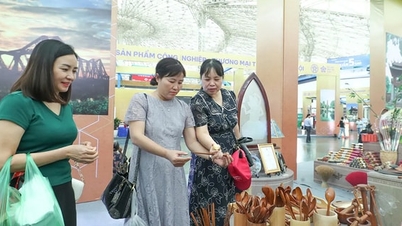

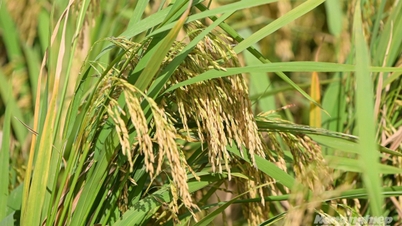



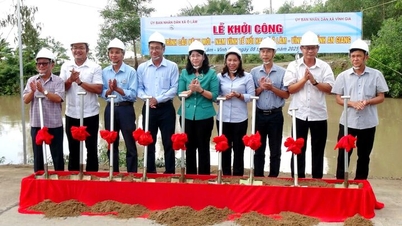
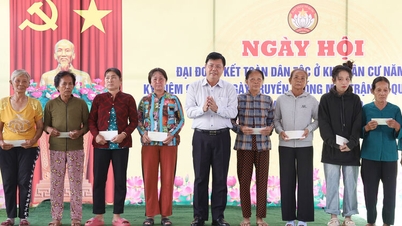
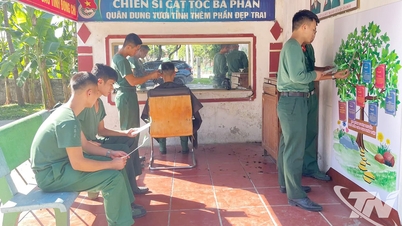















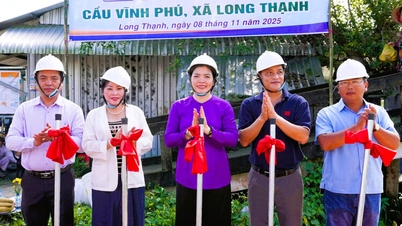

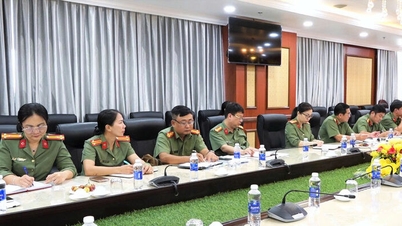
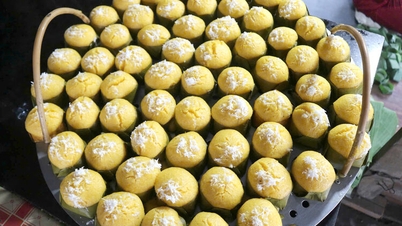
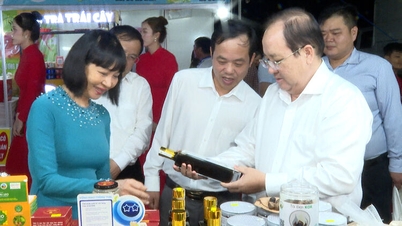
![[Photo] Cutting hills to make way for people to travel on route 14E that suffered landslides](https://vphoto.vietnam.vn/thumb/1200x675/vietnam/resource/IMAGE/2025/11/08/1762599969318_ndo_br_thiet-ke-chua-co-ten-2025-11-08t154639923-png.webp)










![[Video] Hue Monuments reopen to welcome visitors](https://vphoto.vietnam.vn/thumb/402x226/vietnam/resource/IMAGE/2025/11/05/1762301089171_dung01-05-43-09still013-jpg.webp)







































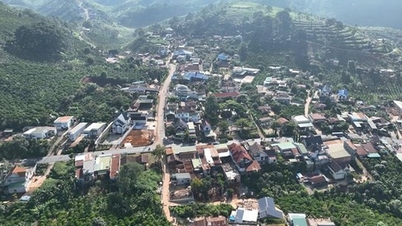



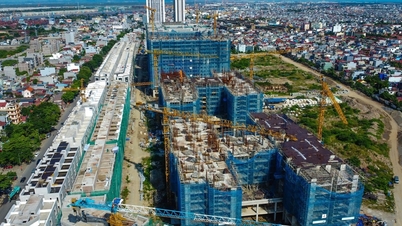




![Dong Nai OCOP transition: [Part 2] Opening new distribution channel](https://vphoto.vietnam.vn/thumb/402x226/vietnam/resource/IMAGE/2025/11/09/1762655780766_4613-anh-1_20240803100041-nongnghiep-154608.jpeg)













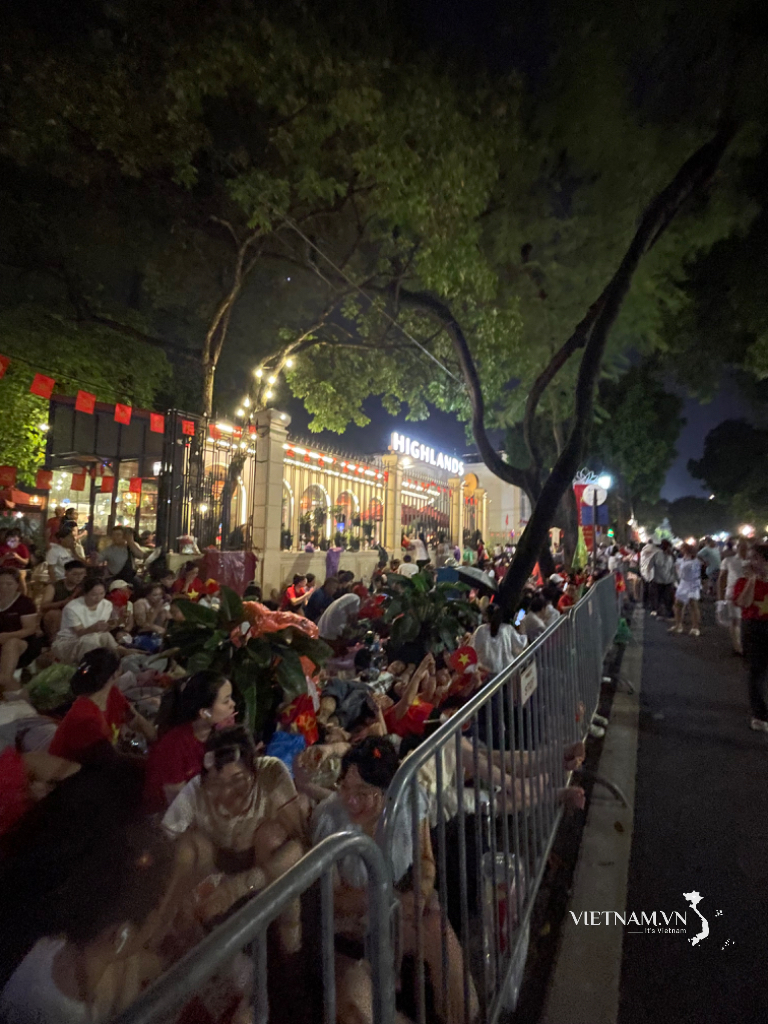
Comment (0)